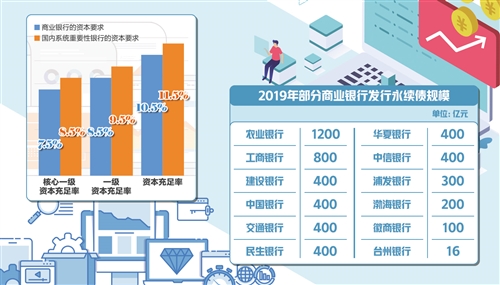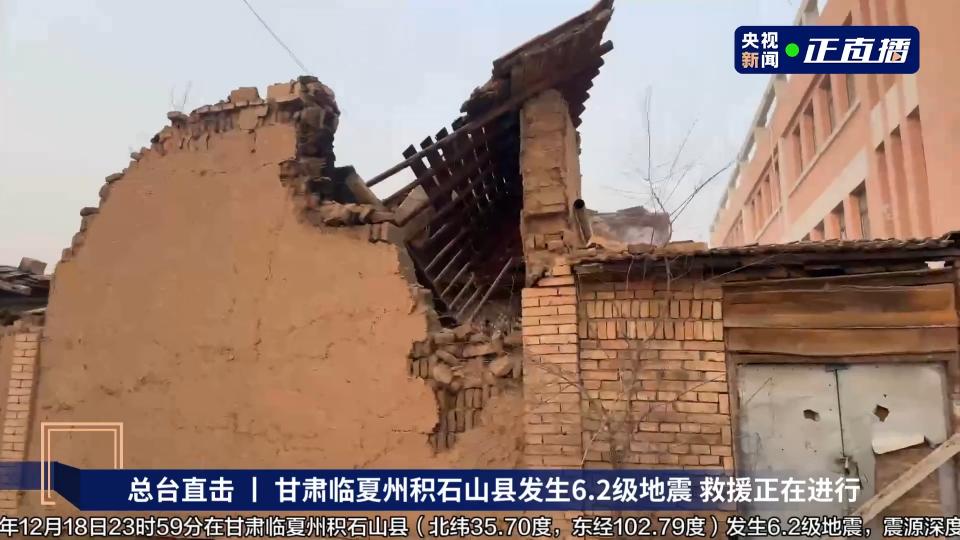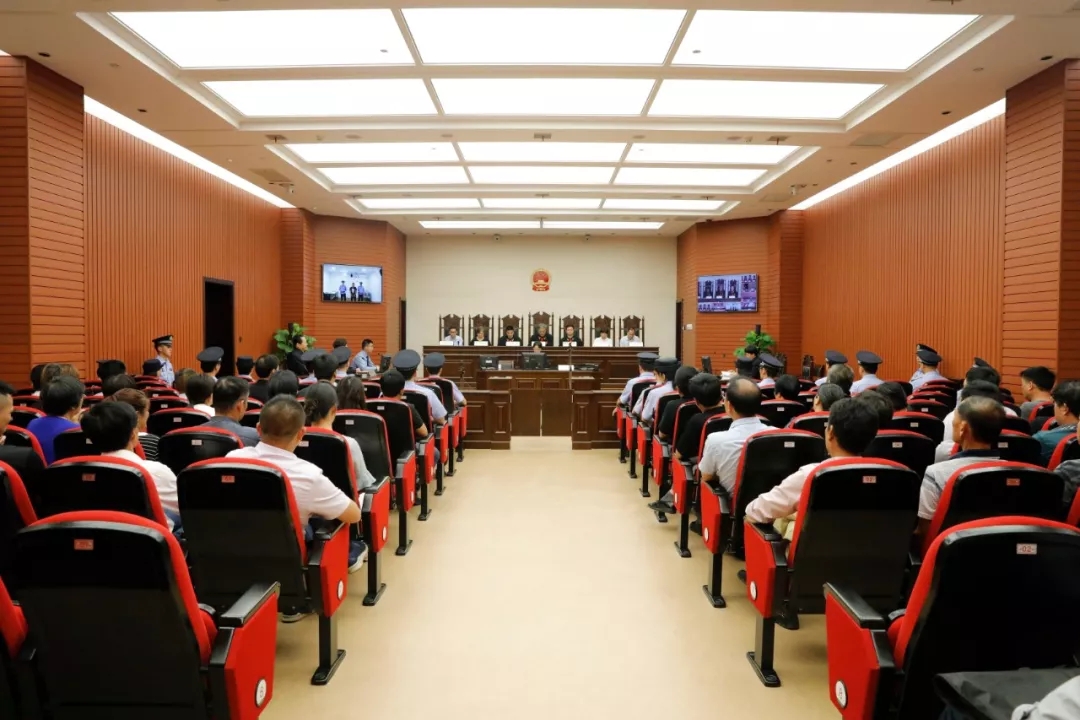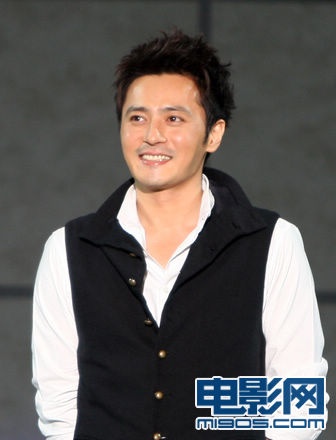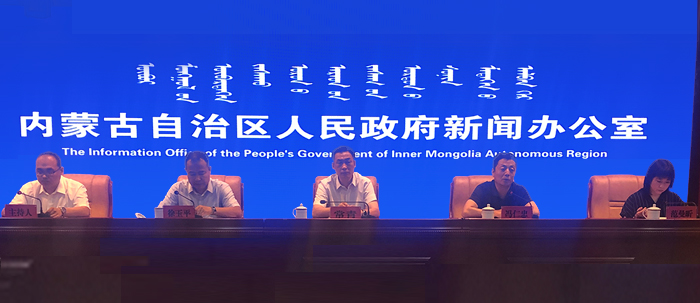
On July 8, the Information Office of the Autonomous Region Government held a press conference on the special campaign to crack down on illegal medical beauty. Chang Qing, member of the Party Group and Deputy Director of the Autonomous Region Health and Wellness Committee, made a keynote speech. Xu Yuping, Director of the Comprehensive Supervision Bureau of the Autonomous Region Health and Wellness Committee, Feng Renzhong, Director of the Emergency Law Enforcement Division of the Autonomous Region Party Committee Network Office, and Fan Manxin, Director of the Inspection Division of the Autonomous Region Drug Administration attended the conference and answered questions from reporters.
Press conference on cracking down on illegal medical beauty special action
Chang Qing, member of the Party Group and Deputy Director of the Autonomous Region Health and Wellness Committee
With the development of economy and society, the improvement of people’s living standards and the growing demand for medical beauty, more and more consumers choose to inject sodium hyaluronate, collagen and botulinum toxin for "micro-plastic" medical beauty. In order to gain profits, some lawless elements illegally manufacture and use drugs and medical devices such as sodium hyaluronate for injection, collagen, botulinum toxin, etc. without corresponding qualifications, resulting in incidents that endanger and affect consumers’ health from time to time. In recent years, the relevant departments of the autonomous region have cooperated closely, carried out a series of special actions, constantly strengthened supervision, and severely investigated and dealt with illegal acts according to law, and achieved certain results. In order to further purify the medical beauty market and protect people’s health and life safety, the Health and Health Commission of the Autonomous Region and other nine departments decided to jointly launch a special campaign to crack down on illegal medical beauty from May to December 2020 in accordance with the deployment of the Notice on Further Strengthening the Comprehensive Supervision and Law Enforcement of Medical Beauty issued by the National Health and Health Commission and other eight ministries and commissions.
The special action will make arrangements for strengthening the comprehensive supervision and law enforcement of medical beauty from the following four aspects.
First, focus on strengthening government supervision.
(a) to crack down on unlicensed medical practice, standardize medical beauty service behavior. First, strengthen the supervision of life beauty institutions, investigate and deal with the behavior of life beauty institutions and other institutions that have not obtained corresponding qualifications to carry out medical beauty services; The second is to investigate and deal with the behavior of individuals without medical qualifications to carry out medical beauty services; The third is to investigate and deal with the behavior of doctors to carry out medical beauty services in non-medical institutions; Fourth, taking complaints and reports as clues, investigate and deal with illegal medical beauty activities in hotels, clubs, residential buildings and other places, and severely crack down on illegal medical practice, endangering drug safety and other illegal and criminal activities; The fifth is to strictly regulate the examination and approval and verification management of medical beauty institutions. Medical beauty departments should be approved as secondary diagnosis and treatment subjects, carry out medical beauty service projects for the record as required, and resolutely deal with those who do not meet the set standards according to the law. Give full play to the role of medical quality control organizations at all levels, strengthen medical quality and safety management, further strengthen the supervision of beauty care institutions, focus on injection beauty, standardize medical beauty service behavior, strengthen supervision and law enforcement, severely crack down on unlicensed medical practice, and seriously investigate and deal with illegal practices of medical beauty care institutions and medical personnel.
(two) to crack down on the illegal manufacture and sale of drugs and medical devices, and standardize the production, operation and use of drugs and medical devices. Strengthen the supervision and inspection of pharmaceutical and medical device production and operation enterprises and medical beauty institutions, and investigate and deal with illegal production and operation of drugs and medical devices such as sodium hyaluronate for injection, collagen and botulinum toxin according to law. Severely crack down on the smuggling of drugs and medical devices such as sodium hyaluronate, collagen and botulinum toxin for injection.
(3) Seriously investigate and deal with illegal advertisements and Internet information, and standardize the publication of medical beauty advertisements. Strengthen advertising supervision and investigate and deal with illegal advertising. Strengthen the monitoring of information related to "micro-plastic surgery" on the Internet and beauty exhibitions, and clean up bad information on the Internet.
(IV) In order to strengthen the coordination of work, it was decided to set up a special action working group to severely crack down on illegal medical beauty in the whole region, with the leaders in charge of the Health and Wellness Committee of the autonomous region as the team leader, the main responsible comrades of relevant departments and offices as members, and the working group responsible for coordinating and organizing all member units to carry out related work. All localities are required to refer to the above model, set up working groups, earnestly strengthen organizational leadership, pay close attention to organization and implementation, and carry out special actions in a down-to-earth manner to ensure that all tasks are implemented.
(5) The tasks of the special action are closely linked, each with its own emphasis and indispensable. All relevant departments will perform their duties in accordance with the division of labor, strengthen supervision after the event, cooperate with each other and cooperate closely to form a joint effort. Inform the corresponding departments in time of case clues involving the responsibilities of other departments found in the work. The clues of suspected crimes are transferred to the public security organs by the administrative law enforcement departments in a timely manner according to the requirements. In the next step, the relevant departments of the autonomous region will establish a consultation mechanism for major cases, strengthen the sorting, judgment and consultation of key case clues, and effectively clarify the legal basis. Through special actions, we will constantly improve and perfect the working mechanism of departmental alliance, regional cooperation, social co-governance and simultaneous construction.
(VI) All localities and departments will strengthen publicity, jointly hold press conferences, produce various forms of publicity materials, make use of traditional media, new media and other channels for publicity, coordinate media and mobile phone operators to push public service advertisements, extensively carry out popular science propaganda, issue warning messages, publicize the progress of special actions, expose major cases and typical cases, reveal the possible harm and consequences of illegal activities, enhance consumers’ identification ability, guide the public to rational cognition, and advocate consumers to consciously choose formal beauty and medical institutions to receive medical treatment.
Second, actively play the role of self-discipline of industry organizations.
Give full play to the role of industry associations, participate in the formulation of policies and measures, strengthen industry self-discipline, publicize relevant knowledge, safeguard industry reputation, and standardize medical beauty service behavior.
Third, strengthen the main responsibility of self-management
Beauty medical institutions should conscientiously implement the main responsibility, take the initiative to disclose the doctors, projects and prices of their medical beauty services, regularly carry out self-examination and rectification in accordance with the law, and report to the local health administrative department and its supervision institutions.
Fourth, strengthen social supervision and promote social co-governance
The health administrative department has set up a complaint reporting telephone number: 12320, the customs has set up a complaint reporting telephone number: 12360, and the market supervision and management department and the drug supervision department have set up a complaint reporting telephone number: 12315. The special action will actively play the role of grassroots organizations such as Sumu Township Street and Gacha Village (neighborhood) Committee and health supervision coordinators, and unblock the channels for complaints and reports. All departments will promptly check the complaints and reports within the scope of their duties, so as to ensure that everything has an echo and everything is settled, and deal with it seriously according to law, creating an atmosphere of social co-governance.
Dear friends and comrades, consumers of medical beauty are highly concerned by the society. Here, I also hope that our broad masses of people, our friends in the press and all walks of life will actively participate in our special actions and jointly build a safe and orderly medical beauty environment!
Press conference on the special campaign to crack down on illegal medical beauty
Northern News is a reporter from Northern Network.Nowadays, many people will do beauty, but they can’t tell which is life beauty and which is medical beauty. How do we distinguish illegal medical beauty?
Xu YupingLife beauty refers to the use of techniques, equipment and products such as makeup, beauty and skin care to provide consumers with non-invasive and non-invasive skin cleaning, skin care and cosmetic services.
Medical beauty refers to the use of surgery, drugs, medical devices and other traumatic or invasive medical techniques to repair and reshape the appearance and morphology of various parts of the human body.
The most intuitive difference between life beauty and medical beauty is whether it is traumatic or invasive. Beauty projects that require surgery and beauty projects that require injections belong to medical beauty. For example, injection of sodium hyaluronate (hyaluronic acid), collagen, botulinum toxin, etc. for "micro-plastic surgery" belongs to the category of medical beauty and must be carried out in a legally qualified medical institution.
In recent years, the Health and Wellness Committee of the Autonomous Region has attached great importance to standardizing the practice of medical institutions and cracking down on illegal medical practice. While strengthening supervision and management in an all-round way, it has organized several special actions alone or in conjunction with relevant departments. In the special actions, the region has dispatched more than 55,000 health supervision and law enforcement personnel, dispatched more than 20,000 vehicles, inspected more than 30,000 medical institutions and issued more than 22,000 health supervision opinions. The health system of the whole region investigated and dealt with 1,151 cases of practicing medicine without a license, 2,717 cases of violation of laws and regulations by medical institutions and family planning technical service institutions, with a fine of 4.701 million yuan, 5 cases of "Practice License of Medical Institutions" revoked and 159 cases transferred to public security organs. In recent years, the special actions have effectively cracked down and shocked criminals, purified the medical market, effectively curbed illegal medical practice, and guaranteed the health of the people. However, criminals can make huge profits through illegal medical practice, especially illegal medical beauty. Therefore, illegal medical beauty places are becoming increasingly hidden, diversified and mobile. For example, most of the customers of illegal medical beauty are introduced by friends or acquaintances, and information is spread by sending WeChat and making phone calls. Illegal medical beauty places are often located in simple places such as business buildings, hotels, life beauty salons, nail salons or residential houses. There are often no advertisements for medical beauty indoors and outdoors, and the consultation place and the implementation place are carried out separately, which is extremely concealed, and the two sides do not sign any documents and charge no bills. After all these damages to consumers,It is difficult to provide detailed relevant materials, which brings certain difficulties to the investigation of the case. Therefore, the majority of beauty lovers must choose legal medical beauty institutions before implementing medical beauty, and the most significant difference between legal and illegal medical beauty institutions is whether they have obtained the Practice License of Medical Institutions. In legal medical beauty institutions, this License will be hung in a prominent position. If the beauty seeker is still unable to distinguish, he can further consult and confirm with the local health administrative department.
Inner Mongolia Radio and TV reporterHow does the network information department deal with illegal medical beauty advertisements and harmful information on the Internet?
Feng renzhongFor a long time, the network information department has attached great importance to the protection of consumers’ rights and interests, actively strengthened coordination and linkage with market supervision, public security, communication management and other departments, and jointly cracked down on illegal acts involving medical beauty networks to jointly create a safe and secure consumption environment.
On the one hand, strengthen the supervision of local website platforms. Adhere to the management of the network according to law, strictly implement the "Regulations on Ecological Governance of Network Information Content", urge all website platforms to strictly implement the main management responsibilities, improve the management system and mechanism of website platforms, and cultivate a positive, healthy and upward-oriented network culture. Strengthen joint cooperation with market supervision, public security, general management and other departments, severely crack down on rectifying harmful information and false information related to medical beauty on local website platforms, seriously investigate and deal with illegal website platforms, and build a good network ecology.
On the other hand, strengthen the reporting of harmful information. Guide Inner Mongolia News Network, Zhengbei Network and other major news websites of the autonomous region and the news websites of the Union City to carry out the work of reporting harmful information on the Internet, open the telephone number for receiving harmful information reports on the homepage of the website, and open an "online harmful information reporting area". At the same time, actively and widely mobilize netizens, social organizations and other forces to participate in the reporting of harmful information on the Internet, and timely discover harmful information on the Internet, such as combating medical beauty, infringement and counterfeiting, and vulgar pornography, so as to clean up the original cyberspace and continuously enhance people’s network security and happiness. Here, we also call on people from all walks of life to actively participate in reporting harmful information on the Internet. Once harmful information is found, we can report harmful information on the Internet anytime and anywhere through websites, telephones, e-mail, WeChat, Weibo and other ways, so that each of us can become the master and main force in network construction and management, and jointly guard the "clear and clear" cyberspace!
Reporter of the Legal TimesWhat is the responsibility of the drug regulatory authorities in the special campaign against illegal medical beauty?
Fan manxinWith the development of China’s economy and the improvement of people’s living standards, people’s pursuit of beauty is getting higher and higher, and the beauty industry has developed rapidly in China. Driven by interests, many lawless elements aim at the "business opportunities" and use their brains to produce, manage and use illegal products, and even set up illegal medical and beauty institutions. In recent years, due to the lack of corresponding qualifications and conditions, disputes and complaints caused by illegal medical beauty are common, and cases of injury, disability and even death are frequently exposed, causing irreparable harm to the majority of beauty consumers. Relevant regulatory authorities have assessed the situation, continued to jointly carry out special crackdowns, intensified the crackdown, and escorted public health.
As a drug regulatory department, it shoulders the sacred mission and responsibility of supervising the quality and safety of drugs, medical devices and cosmetics in the whole life cycle and ensuring the safety of medical machinery and cosmetics for the public. The food and drug administration of the autonomous region starts with establishing and perfecting the mechanism system to consolidate the supervision foundation; Improve the efficiency of supervision by innovating the methods of supervision; Strictly crack down on illegal activities and standardize market order; From the construction of social co-governance structure, we will create a good governance atmosphere. Strengthen supervision by enriching supervision power, investigating potential risks, implementing flight inspection, centralized joint inspection, carrying out special rectification, and unblocking reporting channels to warn production operators to produce and operate according to law; Timely exposure of illegal acts will form a powerful shock to offenders. The drug safety situation in our region is generally stable. Specifically, the first is to establish a List of Potential Risks and a Directory of Key Supervision Enterprises, focusing on 14 links and 37 risk points, and strengthening risk investigation and prevention. Focus on the supervision of high-risk products such as special drugs, traditional Chinese medicine injections, implantable medical devices and infant cosmetics. The second is to carry out special rectification actions such as Chinese herbal pieces, sterile implantable medical devices, licensed pharmacists in retail pharmacies, and online sales of cosmetics, and strive to solve outstanding problems in the safety field of "two products and one machine". A total of 28,382 pharmaceutical production and marketing enterprises and medical institutions were inspected in the whole region, and 5,328 illegal enterprises were found, and they were ordered to make rectification within a time limit. Those suspected of violating the law were investigated and dealt with according to law.The third is to make full use of supervision and inspection, supervision and sampling, complaints and reports to find clues about the source of the case, and severely crack down on illegal acts in key areas, key links and key varieties that the people have strongly reflected. Since 2019, the whole region has investigated and dealt with 1,800 cases of drugs, medical devices and cosmetics applying general procedures, with a value of 4.68 million yuan and a fine of 13.327 million yuan. 29 companies were ordered to stop production and business, and 4 licenses were revoked. 12 cases were transferred to public security organs. The fourth is to formulate the supervision and sampling plan for drugs, cosmetics and medical devices in the autonomous region, organize special sampling and sample 3,599 batches of products. 83 batches of unqualified products were investigated and dealt with according to law, and the punishment information was made public on the bureau portal website, exposing the illegal subjects and specific illegal acts.
As a special commodity for treating diseases and saving lives, the quality and safety of drugs are directly related to people’s health and life safety, and strict management must be implemented. Drugs listed in China and Class II and Class III medical devices shall be subject to product registration management, and products without registration approval shall not be listed; Those who have not obtained the legal qualification for the production and operation of drugs and medical devices according to law shall not engage in the production and operation of drugs and medical devices. Enterprises engaged in the production and operation of drugs and medical devices shall strengthen their management in accordance with the requirements of the Drug Administration Law, the Regulations on the Supervision and Administration of Medical Devices and other laws and regulations, produce and operate according to law, and shall not sell drugs and medical devices to users without legal qualifications. Medical beauty institutions shall purchase drugs and medical devices in enterprises with production and operation qualifications, implement the incoming inspection system, and use them reasonably according to the indications.
Judging from the illegal medical beauty cases investigated and dealt with by the regulatory authorities at all levels in China according to law, most drugs such as hyaluronic acid and water-light needles do not have Chinese labels, and their sources and quality are mixed, even counterfeit and shoddy products, and their safety cannot be guaranteed. At present, the common face-lifting needles and wrinkle-removing needles on the market are actually botulinum toxin type A, which is a toxic drug that is strictly controlled by the drug supervision and administration department. A little overdose will cause facial paralysis, diplopia, dysphagia and other symptoms. If the treatment is not timely, it will easily lead to the death of consumers, which is very dangerous. Here, consumers are solemnly reminded that botulinum toxin for injection used for medical cosmetic surgery belongs to drugs, and sodium hyaluronate for injection belongs to the third category of medical devices. To produce and operate such products, it is necessary to obtain the registration certificate, production license and business license of drugs and medical devices. Medical beauty institutions should purchase qualified products from enterprises that have obtained legal qualifications when purchasing such products. At the same time, I also hope that with the help of the power of the media, we will increase publicity and publicize it widely, so that consumers can establish a sense of self-protection and report violations, and with the joint efforts of the whole society, illegal acts and illegal products will be nowhere to hide.
